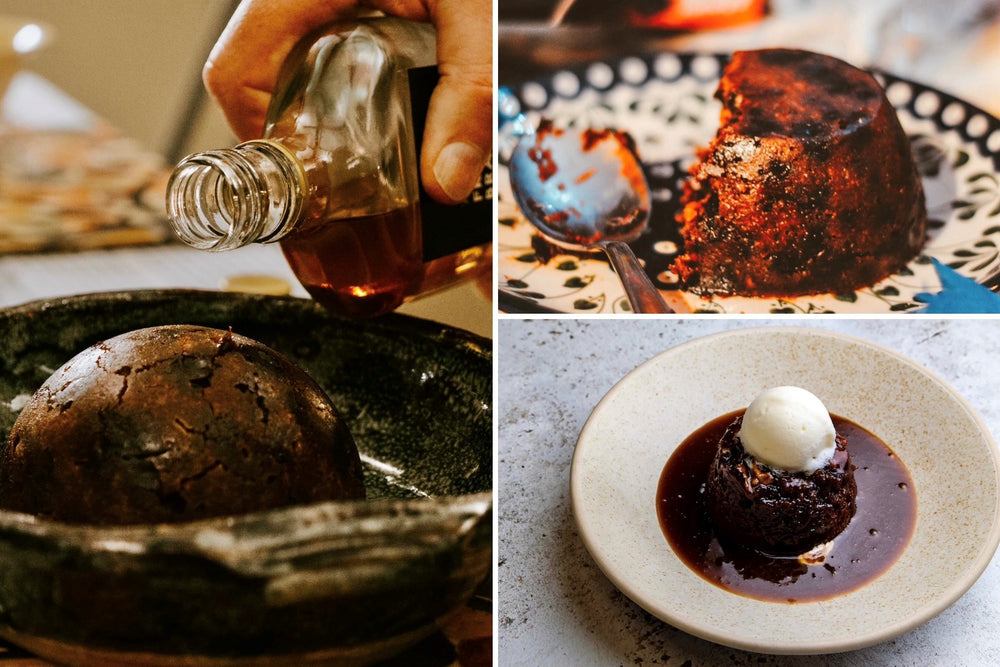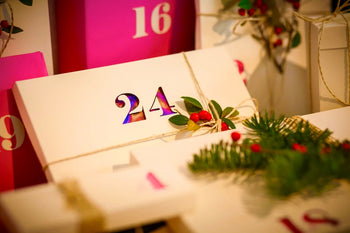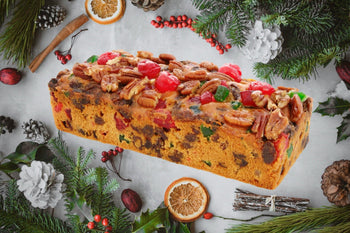Christmas puddings are an intrinsic part of the holiday meal--and often the centerpiece.
At least, they were in Medieval England.
Fruit Pudding: A Medieval Treat
In Medieval Europe, recipes for Christmas pudding often called for a mix of dried fruit, suet (fat), a liquid like wine, and breadcrumbs, spice, and eggs. The pudding may owe a debt to medieval English sausages, which combined meat, fruit, fat, spices, grains, and vegetables packed into an animal intestine to keep as long as long as possible. “Plum pottage” made an appearance in the early 15th century—it was a mixture served at the beginning of a meal that mostly contained meats and vegetables. The “plum” referred to any dried fruit. By the 18th century, dried fruit, such as raisins and prunes, were more readily available, and the puddings underwent a shift from savory to sweet.
The pudding was originally boiled in a pudding cloth; during the Victorian era, the batter would be placed in a bowl and steamed for many hours. This transition to cloth meant that the use of animal intestines did not have to be used.
Putting The Christmas in Christmas Pudding
It really reached its stride in the 19th century when the dessert became associated with Christmas. Eliza Acton, the cookbook writer often credited as the first person to list ingredients and suggest cooking times in the mid-19th century, offered an early recipe—possibly the first--for Christmas pudding. Recipes were often handed down and differed from household to household, but often included spices, which were expensive, as well as dark sugar or treacle, syrup made during sugar refining. Before serving, the pudding would often have brandy poured over it and set alight; it was generally served with a holly sprig adorning it as symbol of the Christmas season. Today, when it’s offered, the pudding is generally eaten with a hard sauce (many people’s favorite part), made of sugar, butter and brandy or rum.
A Stirring Christmas Treat
What really solidified the pudding’s association with Christmas was Stir-Up Sunday—a term for the last Sunday before Advent. In the Book of Common Prayer, one of the prayers begins, “Stir up, we beseech thee O Lord, the wills of thy faithful people.” This phrase became associated with “stirring up” a Christmas pudding. It also served as a reminder to heat up the pudding, which had probably been cooked days earlier. There was a family tradition that involved each family member stirring the pudding three times (some versions say just once) and secretly making a wish.
The dessert has quite an extensive list of possible origins. Some stories say the tradition of making Christmas pudding was introduced by Prince Albert, husband of Queen Victoria, although apparently a version made without meat was actually introduced by George 1 of Germany in the early 1700s.
At one point the pudding had deep religious associations—it was supposed to have 13 ingredients that represented Christ and the 12 apostles.
Now, Bring Us Some Figgy Pudding
Christmas pudding also holds a place in a surprising number of books and even songs (let us not forget the demand to “Bring us some figgy pudding” in We Wish You a Merry Christmas.) Christmas pudding also makes an appearance in Dicken’s famous story A Christmas Carol. Agatha Christie even published a collection of short stories called The Adventure of the Christmas Pudding and a Selection of Entrees.
Whether you choose to sample it, cook it, purchase it or simply read about it, Christmas pudding holds an iconic place in Christmas lore--and perhaps on your table. Just remember, some people won't go until they get some...






